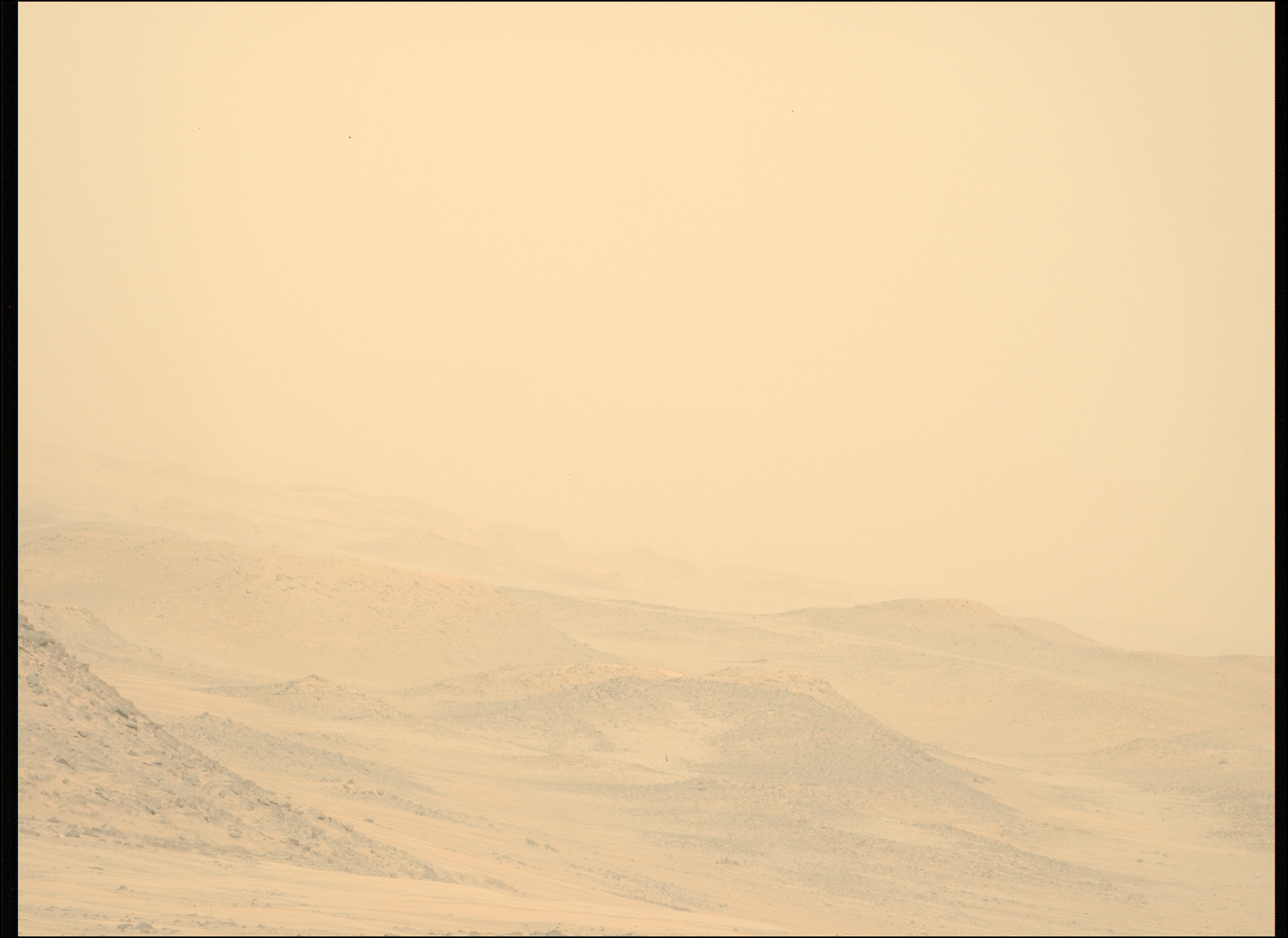Mars: Perseverance (Mars 2020) Perseverance Home Mission Overview Rover Components Mars Rock Samples Where is Perseverance? Ingenuity Mars Helicopter Mission Updates Science Overview Objectives Instruments Highlights Exploration Goals News and Features Multimedia Perseverance Raw Images Images Videos Audio More Resources Mars Missions Mars Sample Return Mars Perseverance Rover Mars Curiosity Rover MAVEN Mars Reconnaissance Orbiter Mars Odyssey More Mars Missions The Solar System The Sun Mercury Venus Earth The Moon Mars Jupiter Saturn Uranus Neptune Pluto & Dwarf Planets Asteroids, Comets & Meteors The Kuiper Belt The Oort Cloud 2 min read
Persevering Through the Storm 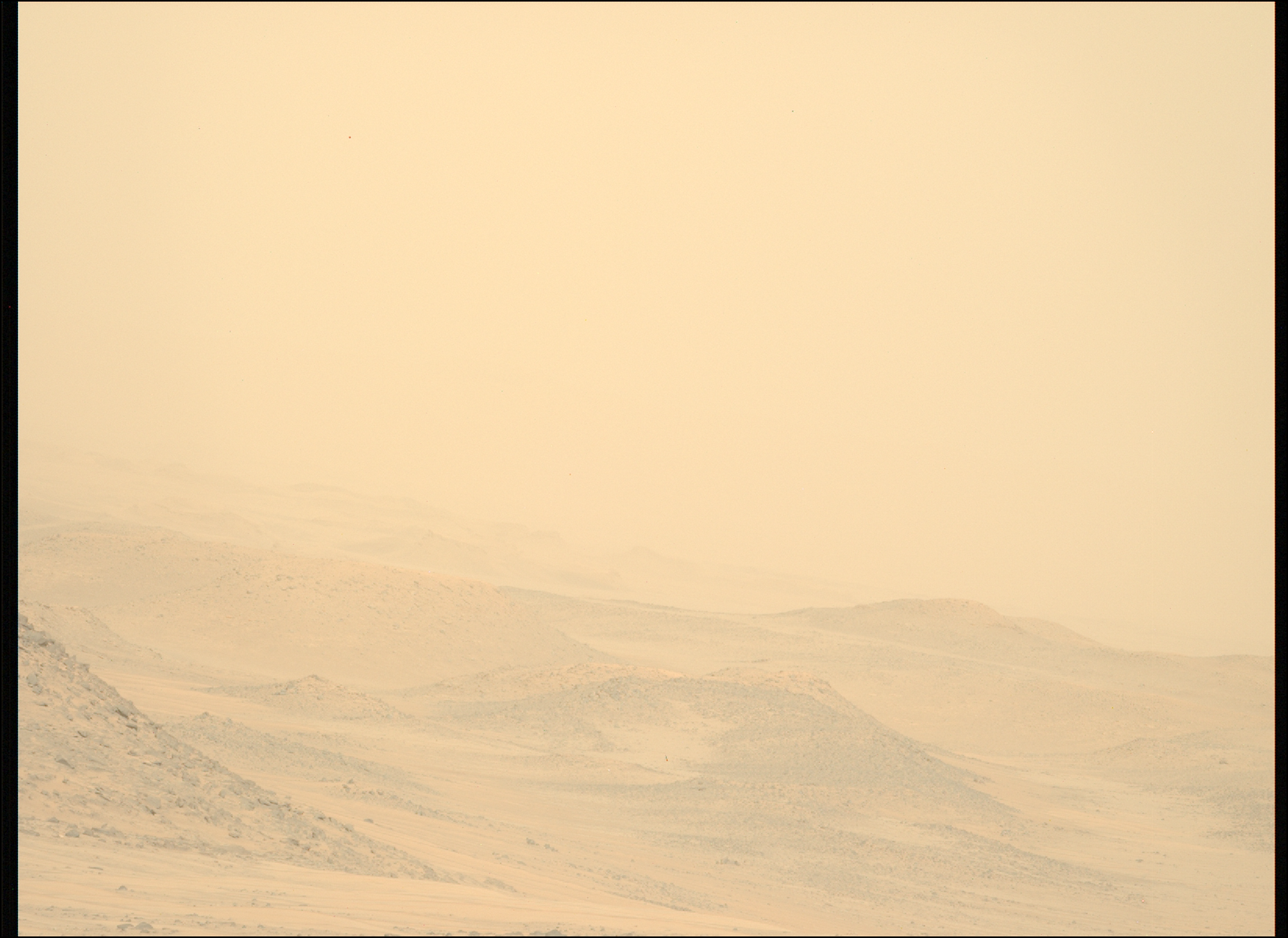 A region-wide seasonal dust storm obscures the Jezero Crater in this image from NASA’s Mars Perseverance rover, acquired using its Left Mastcam-Z camera. Mastcam-Z is a pair of cameras located high on the rover’s mast. Perseverance captured the image on Aug. 20, 2024 (Sol 1244, or Martian day 1,244 of the Mars 2020 mission) at the local mean solar time of 16:05:34. This image is part of a Mastcam-Z mosaic of the “northern fan,” a part of Jezero Crater that Perseverance never drove through, but is an area that’s thought to have been deposited in a similar way to the delta that the rover did explore. NASA/JPL-Caltech/ASU It is dust-storm season on Mars! Over the past couple of weeks, as we have been ascending the Jezero Crater rim, our science team has been monitoring rising amounts of dust in the atmosphere. This is expected: Dust activity is typically highest around this time of the Martian year (early Spring in the northern hemisphere). The increased dust has made our views back toward the crater hazier than usual, and provided our atmospheric scientists with a great opportunity to study the way that dust storms form, develop, and spread around the planet.
A region-wide seasonal dust storm obscures the Jezero Crater in this image from NASA’s Mars Perseverance rover, acquired using its Left Mastcam-Z camera. Mastcam-Z is a pair of cameras located high on the rover’s mast. Perseverance captured the image on Aug. 20, 2024 (Sol 1244, or Martian day 1,244 of the Mars 2020 mission) at the local mean solar time of 16:05:34. This image is part of a Mastcam-Z mosaic of the “northern fan,” a part of Jezero Crater that Perseverance never drove through, but is an area that’s thought to have been deposited in a similar way to the delta that the rover did explore. NASA/JPL-Caltech/ASU It is dust-storm season on Mars! Over the past couple of weeks, as we have been ascending the Jezero Crater rim, our science team has been monitoring rising amounts of dust in the atmosphere. This is expected: Dust activity is typically highest around this time of the Martian year (early Spring in the northern hemisphere). The increased dust has made our views back toward the crater hazier than usual, and provided our atmospheric scientists with a great opportunity to study the way that dust storms form, develop, and spread around the planet.
Perseverance has a suite of scientific instruments well-suited to study the Martian atmosphere. The Mars Environmental Dynamics Analyzer (MEDA) provides regular weather reports, the cadence of which has increased during the storm to maximize our science. We also routinely point our Mastcam-Z imager toward the sky to assess the optical density (“tau”) of the atmosphere.
There are not any signs that this regional dust storm will become planetwide — like the global dust storm in 2018 — but every day we are assessing new atmospheric data. Hopefully the skies will further clear up as we continue to climb in the coming weeks, because we are expecting stunning views of the crater floor and Jezero delta. This will offer the Perseverance team a unique chance to reflect on the tens of kilometers we have driven and years we have spent exploring Mars together.
Written by Henry Manelski, Ph.D. student at Purdue University
Details Last Updated Sep 05, 2024 Related Terms Blogs
Keep Exploring Discover More Topics From NASA Mars
Mars is the fourth planet from the Sun, and the seventh largest. It’s the only planet we know of inhabited…

Explore this collection of Mars images, videos, resources, PDFs, and toolkits. Discover valuable content designed to inform, educate, and inspire,…
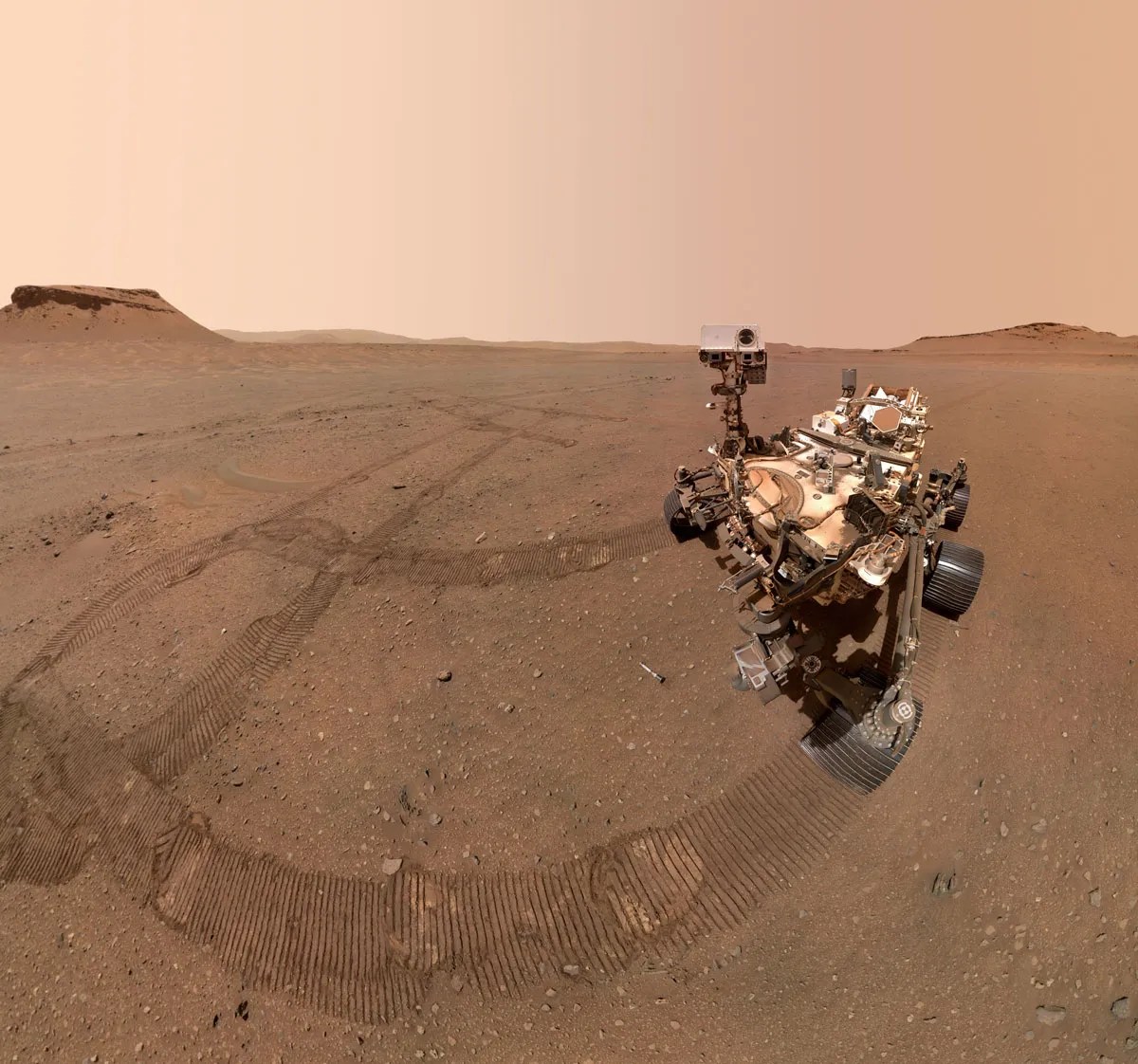
Each robotic explorer sent to the Red Planet has its own unique capabilities driven by science. Many attributes of a…
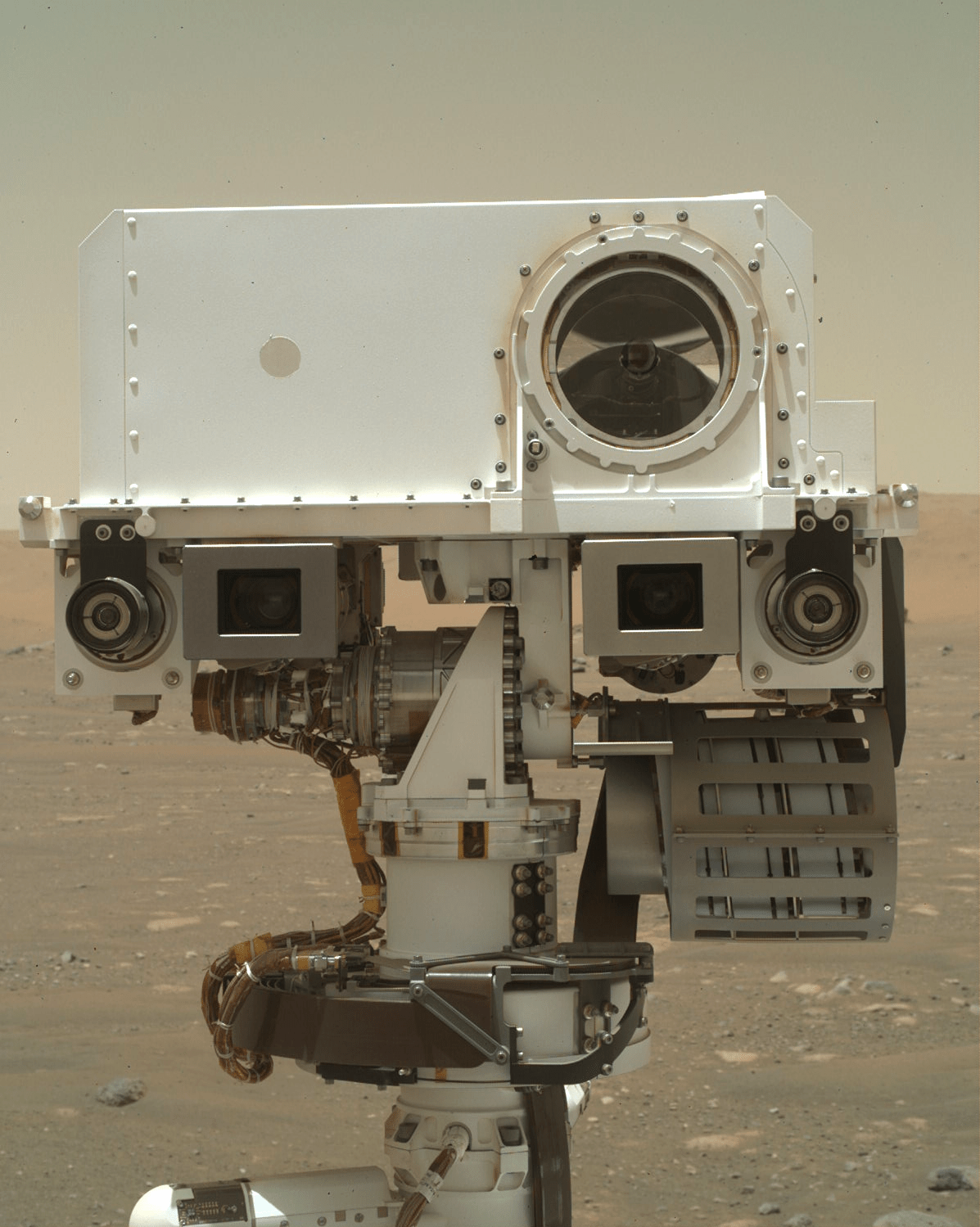
Mars Exploration: Science Goals
The key to understanding the past, present or future potential for life on Mars can be found in NASA’s four…
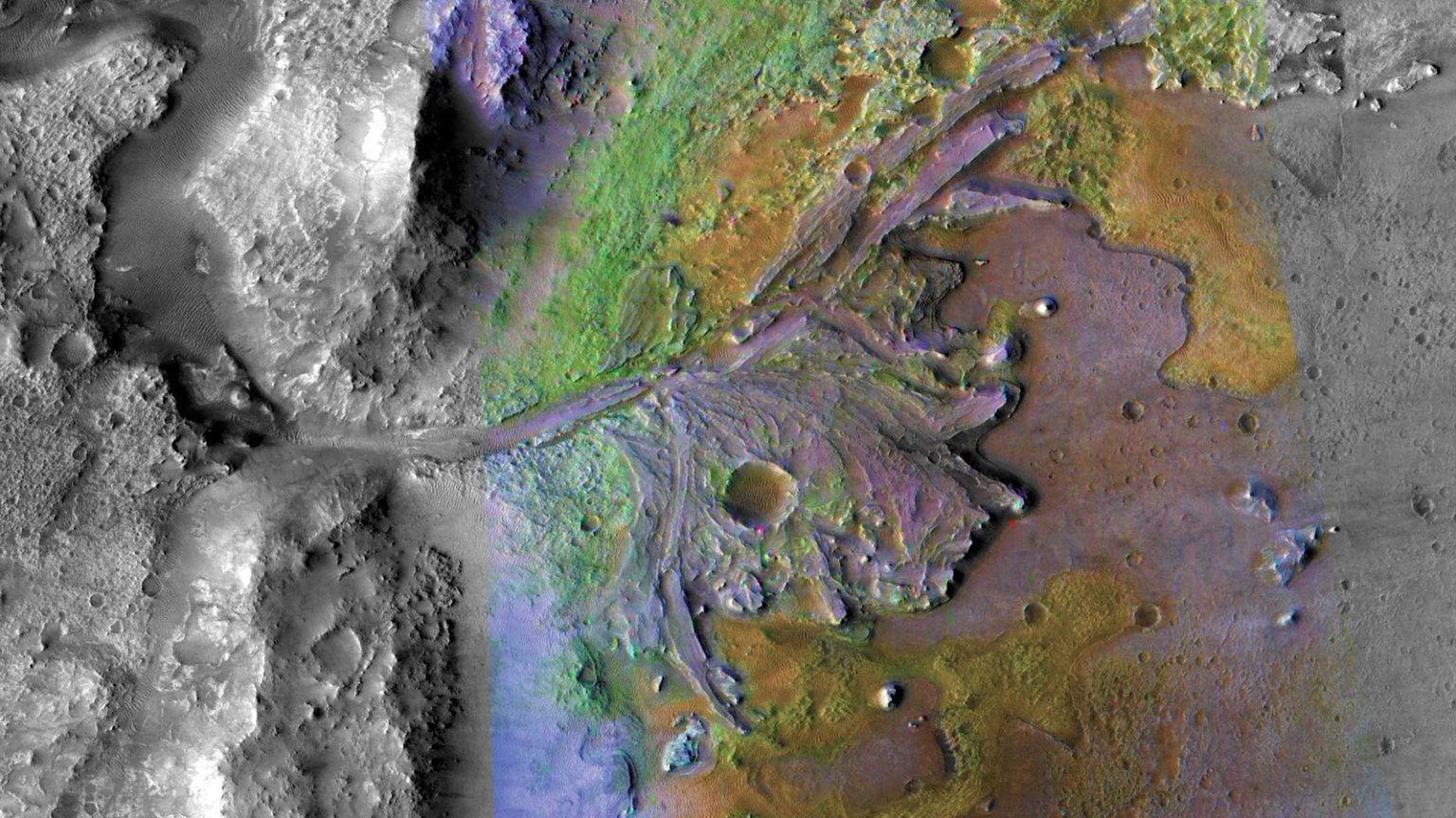

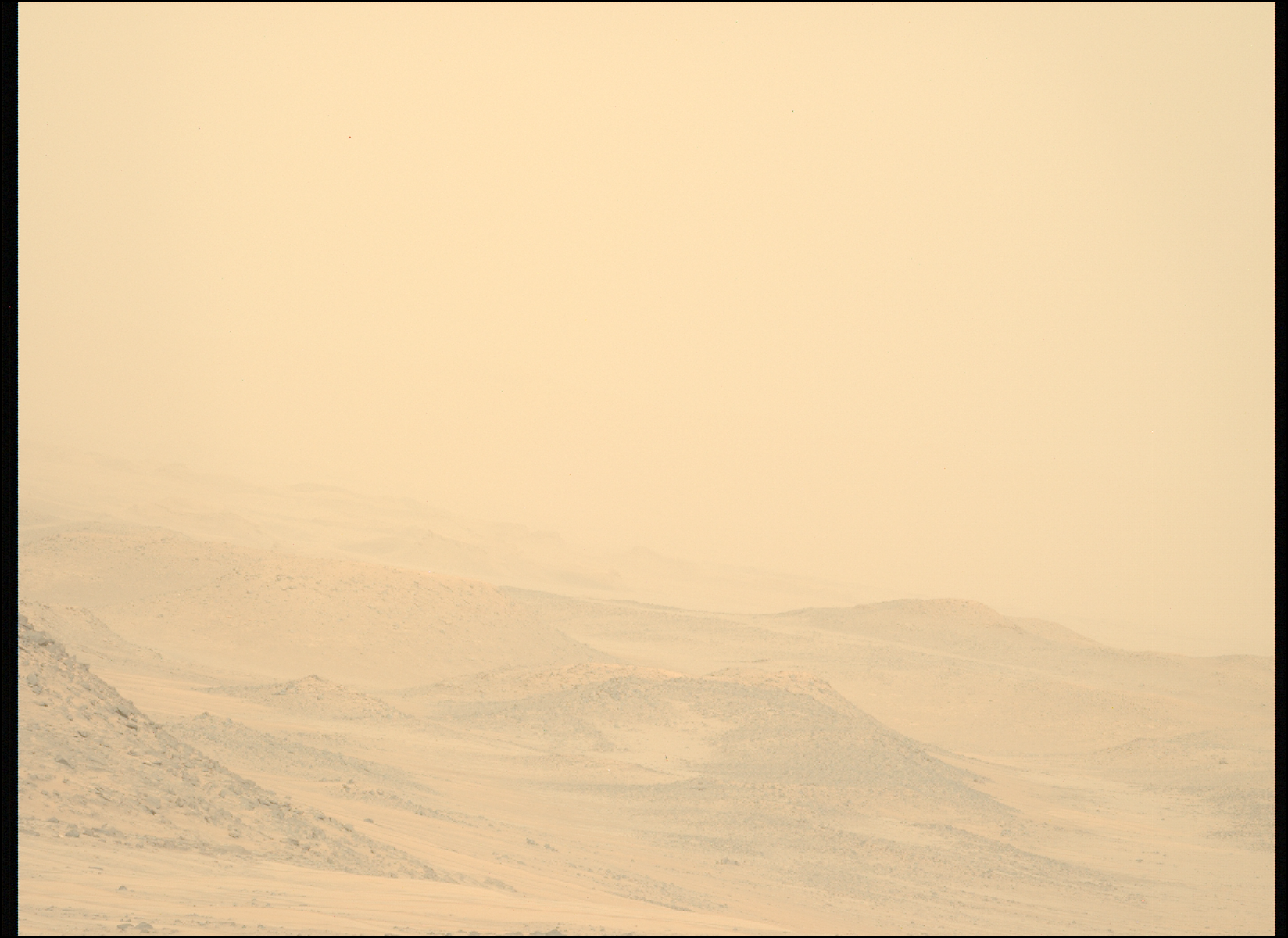
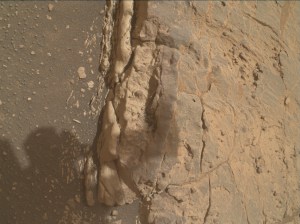 2 min read Sols 4295-4296: A Martian Moon and Planet Earth
2 min read Sols 4295-4296: A Martian Moon and Planet Earth
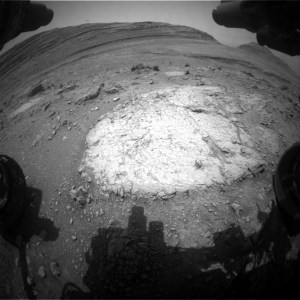 2 min read Sol 4294: Return to McDonald Pass
2 min read Sol 4294: Return to McDonald Pass
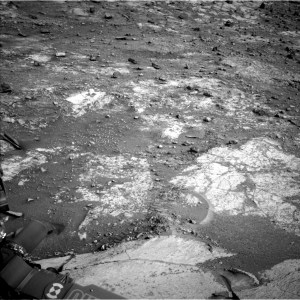 3 min read Sols 4291-4293: Fairview Dome, the Sequel
3 min read Sols 4291-4293: Fairview Dome, the Sequel
